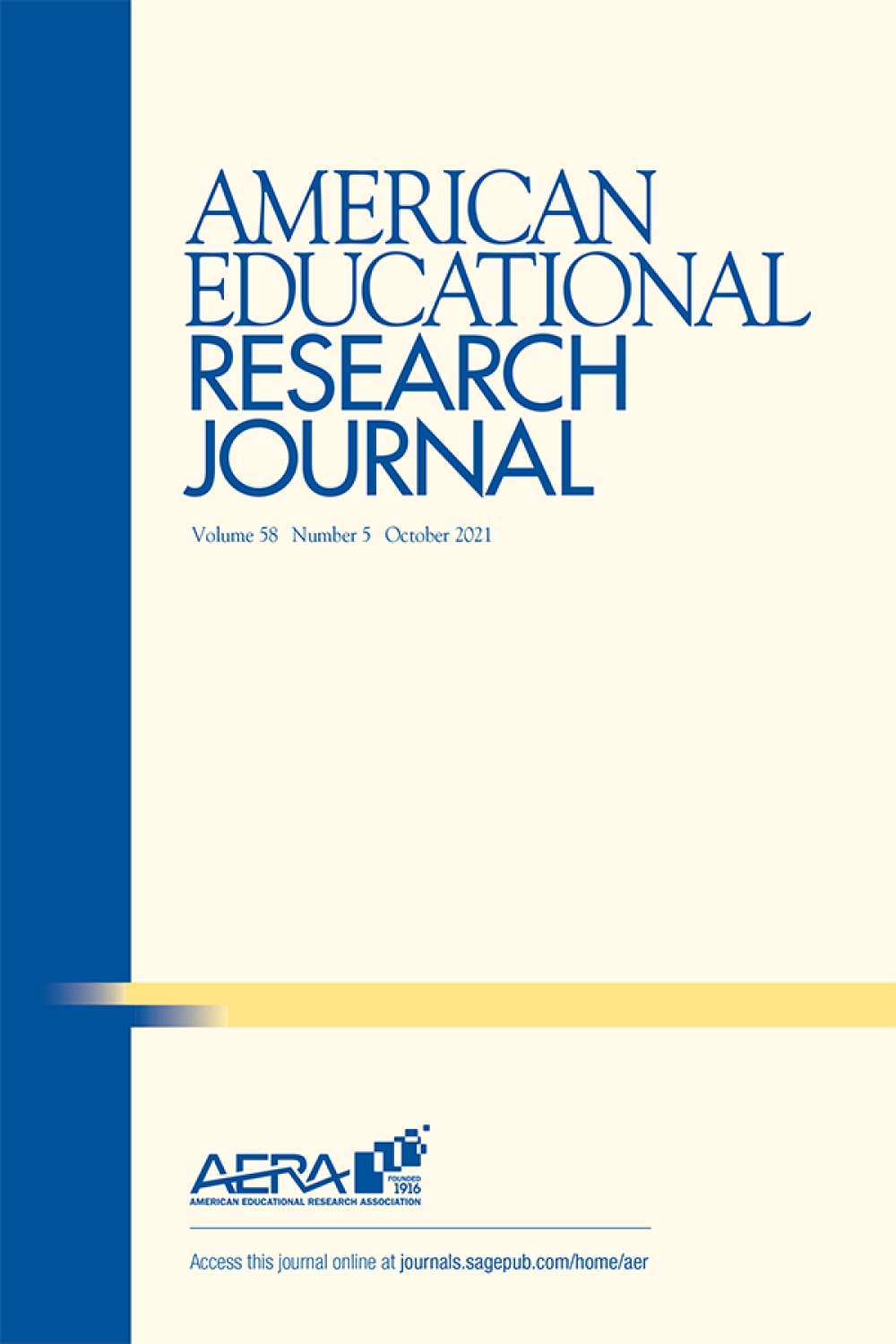
This paper estimates the patterns and sources of White–Black and White–Hispanic enrollment gaps in Advancement Placement (AP) and dual enrollment programs across several thousand school districts and metropolitan areas in the United States. By merging several data sources, the authors show that both AP and dual enrollment participation gaps vary substantially across districts. The vast majority of districts have racial/ethnic gaps in AP and dual enrollment participation, and about a quarter of districts have racial/ethnic gaps equal to or larger than 10 and 7 percentage points for AP and dual enrollment, respectively.
Available district-level characteristics and state-level policies explain much more of the geographic variation in AP participation gaps as compared with dual enrollment participation gaps, and local factors (either district-level or metro-level characteristics) dominate state-level factors in shaping these racial/ethnic participation gaps. Among all the available district-level characteristics, racial/ethnic composition and racial/ethnic income disparity are the strongest correlates of participation gaps, where districts with larger proportions of Black and Hispanic students and greater racial/ethnic income disparity are associated with larger racial/ethnic gaps in both AP and dual enrollment participation.
Infographic: Explore AP and Dual Enrollment Participation by District and Metro Area
A version of this paper was published in the American Educational Research Journal under the title “College Acceleration for All? Mapping Racial Gaps in Advanced Placement and Dual Enrollment Participation.”
Another version was published as an American Enterprise Institute report under the same title.
